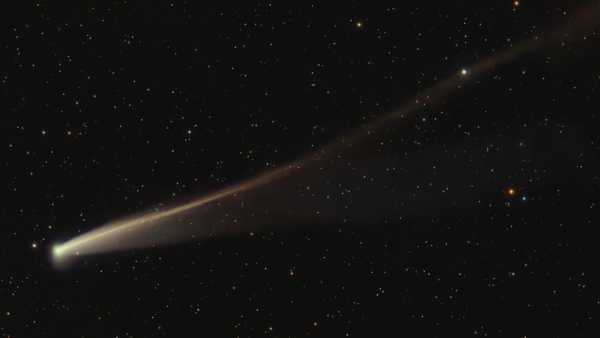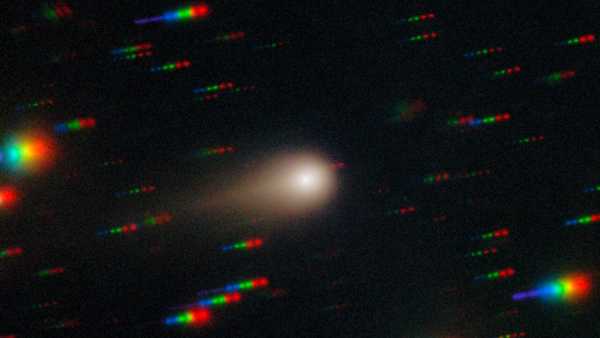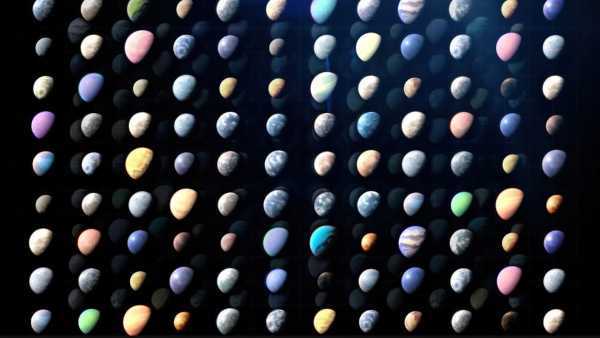
Exoplanet science has reached a new milestone. NASA announced that there are now 6,000 confirmed exoplanets. They vary greatly in type and size, as well as the type of stars they orbit. (Image courtesy of NASA's Goddard Space Flight Center)
The era of exoplanets began in 1992, when astronomers discovered a pair of planets orbiting a pulsar. Then, in 1995, astronomers discovered the first exoplanet orbiting a main-sequence star. As NASA's Kepler and TESS missions launched, the number of confirmed exoplanets continued to grow.
By 2015, NASA announced that the Kepler telescope had discovered its 1,000th exoplanet. 2016 was a landmark year for exoplanet discoveries: nearly 1,500 were discovered that year alone. By March 2022, the total number of exoplanets reached 5,000. NASA has now announced 6,000 confirmed exoplanets.
You may like
-
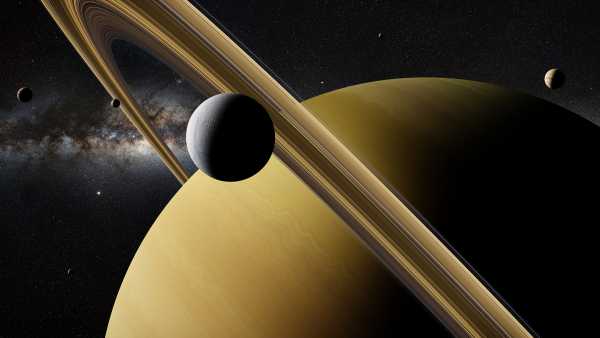
How many moons are there in the solar system?
-
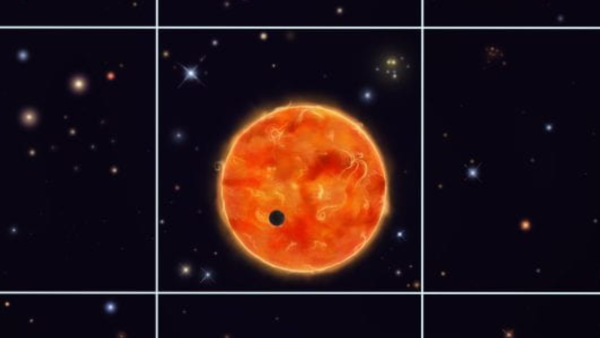
Bad news for alien life? Earth-sized planets may be less common than we thought.
-
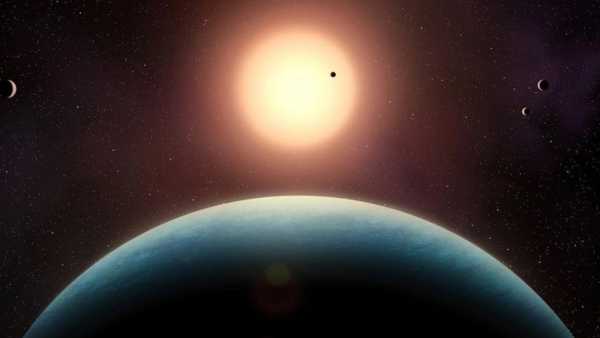
Fifth planet discovered orbiting nearby star may be in habitable zone
Exoplanet science is clearly about more than just numbers. The diversity of planets we've discovered reveals vital secrets about nature, our Solar System, and our precious Earth. Curiously, many of the planets we've discovered are unlike anything else in our Solar System.
There are hot Jupiters, massive gas giants that orbit their stars in a matter of days. There are ultrashort-period planets that dwarf Mercury's short orbital period, completing one revolution in a matter of hours. There is one unusual type of planet that is so close to its star that it is tidally locked, like the Earth's Moon. These planets have one side hot and the other cold. Some may be hot enough to remain molten.
Other planets have temperatures, pressures, and chemical compositions so extreme that they might rain iron or be as dense as Styrofoam. Some might be covered in oceans. Others are shrouded in toxic gases.
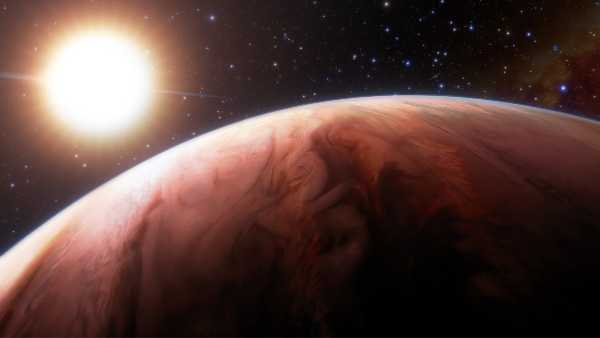
This is an artist's rendering of WASP-76b. Initial observations suggested it might rain iron. Subsequent observations have shown this to be false. Nevertheless, the idea that iron rain could occur somewhere out there on an exoplanet is compelling.
Somehow, they are all part of nature. Figuring out how they came to be is an enduring interest.
But at the heart of all this searching and thinking lies one big question: are we alone?
“Each of the planet types we discover tells us something about the conditions under which they formed and, ultimately, how common Earth-like planets are and where we should look for them,” said Dawn Gelineau, manager of NASA's Exoplanet Exploration Program (ExEP) at the agency's Jet Propulsion Laboratory in Southern California. “If we want to figure out whether we're alone in the universe, all of this knowledge is essential.”
You may like
-
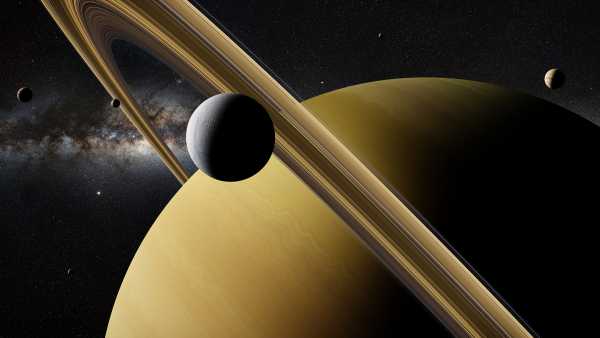
How many moons are there in the solar system?
-
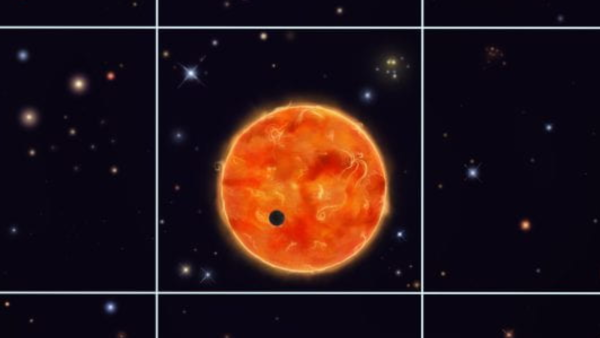
Bad news for alien life? Earth-sized planets may be less common than we thought.
-
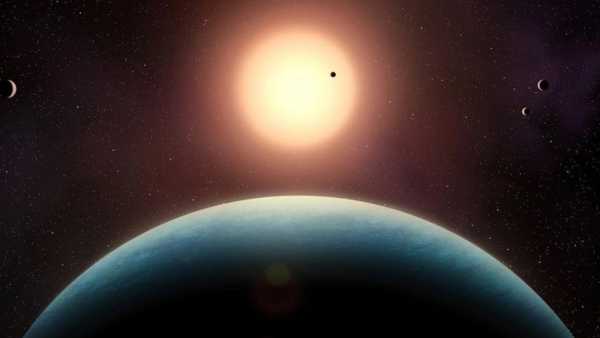
Fifth planet discovered orbiting nearby star may be in habitable zone
The vast majority of exoplanet detections are made indirectly. The transit method detects planets by measuring the amount of light an exoplanet blocks as it passes in front of its star. The radial velocity method detects the small tugging motions exoplanets exert on their stars and estimates how the star's brightness changes due to these oscillations. Astrometry detects minute motions, and gravitational lensing, the presence of a planet, introduces anomalies into the observed light. Both Kepler and TESS used the transit method, and it is this method that has led to the majority of exoplanet detections—almost 4,500. The radial velocity method is next in importance, with approximately 1,140 detections.
While effective, they are indirect. Only direct imaging can determine the chemical composition of exoplanet atmospheres and does not require a specific orbital position or orientation. However, this is a complex process, and direct imaging has been obtained for fewer than 100 exoplanets.
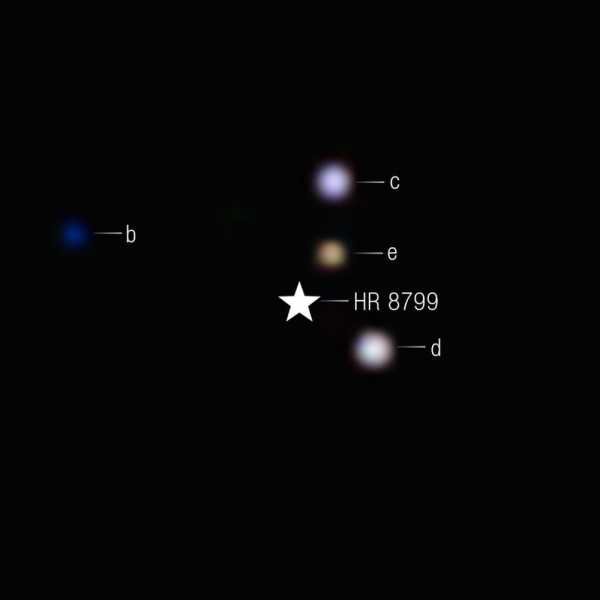
This is the HR 8799 system, which contains four exoplanets. The exoplanets and their orbits have been confirmed by direct imaging, making them among the few exoplanets that have been directly imaged.
6,000 confirmed exoplanets is a definite, concrete scientific milestone. But there are thousands of other candidates, and confirming one requires considerable effort. The signal could be something else, such as stellar flares or artifacts produced by the transit method. Subsequent observations, sometimes with a different telescope, confirm their existence, which requires considerable time and resources. As of July 2025, the TESS list included 7,655 exoplanet candidates, of which just over 600 had been confirmed.
“We really need the entire community to work together if we want to make the most effective investments in these missions that generate exoplanet candidates,” said Aurora Kesseli, deputy principal investigator for NASA's Exoplanet Archive at IPAC. “An important part of our work at NExScI is building tools that help the community turn planet candidates into confirmed planets.”
We may be faced with a number of exoplanet discoveries that would have been unthinkable just a couple of decades ago.
Exoplanet candidates are still being detected in Gaia data, despite the mission's end. NASA's Nancy Grace Roman Space Telescope, scheduled to launch in 2027 unless the current administration's threats to cancel it come to fruition, is expected to discover thousands more exoplanets using microlensing.
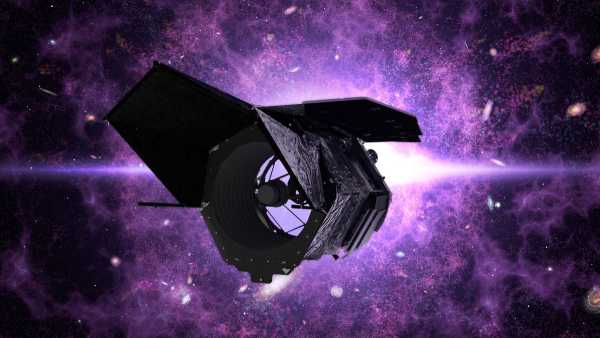
An artist's rendering of NASA's Nancy Grace Roman Space Telescope, poised to discover thousands of exoplanets using microlensing.
However, the era of exoplanets is beginning to change. Our searches are becoming more focused. Instead of casting a wide net and seeing what comes up, astronomers are seeking to find more specific types of exoplanets. The European Space Agency's (ESA) PLATO mission is poised to discover even more rocky exoplanets around Sun-like stars when it launches in 2026. The Habitable Worlds Observatory, still in development, will search for habitable exoplanets in habitable zones and contribute to the ever-growing list of exoplanets. Other missions, such as CHEOPS and ARIEL, will study known exoplanets in greater detail.
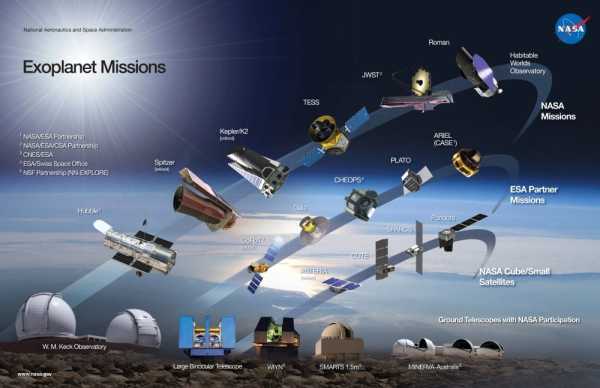
This infographic features artistic renderings of current and future telescopes used in exoplanet research. Some are designed for broad coverage and the discovery of as many different exoplanets as possible. Others are designed to study specific types of exoplanets. Still others are designed to study known exoplanets and more precisely characterize them.
The holy grail of exoplanetology is habitability. Determining habitability is a complex process, and only a few exoplanets demonstrate any potential for habitability. The key to success is detecting biosignatures—specific chemicals that indicate the presence of life on a planet. The JWST observatory, with its infrared atmospheric spectrometry, is just beginning to explore this topic and has already achieved some promising results, though nothing concrete yet.
Like all scientific endeavors, the search for exoplanets has been boosted by technological advances, and this trend will continue. One of the main obstacles in exoplanet research is the orbits of the stars around which planets orbit. Stars are unusually bright, and the presence of a relatively dim exoplanet can be completely obscured by starlight. This is especially relevant for targeted searches for Earth-like worlds around Sun-like stars, which is what the Habitable Worlds Observatory (HWO) is designed to detect.
To operate the HWO, a powerful coronagraph or star screen will be required. If an astronomer were to look for Earth around the Sun, they would have a hard time spotting it amid all that starlight. This is precisely what astronomers will do with the HWO.
RELATED STORIES
—32 Alien Planets That Actually Exist
—JWST has discovered a planet with an atmosphere made entirely of carbon orbiting a black widow star.
— A giant planet discovered around a tiny red star challenges our understanding of solar systems.
China is also beginning to leverage its technological advances in exoplanet research. The Earth 2.0 (ET) space telescope is scheduled to launch in 2028. It will spend four years observing exoplanet transits. This is China's first dedicated exoplanet-hunting mission, targeting Earth-sized exoplanets.
Eventually, we'll have a list of confirmed Earth-like exoplanets orbiting Sun-like stars. Then we'll face an even more challenging task: determining whether these planets harbor life.
The original version of this article was published in Universe Today magazine.
NASA TOPICS

Evan Gough, writer for Universe Today
Evan Gough is a science writer who organizes and creates content that helps readers discover the fascinating planets, solar system, galaxy, and universe we inhabit. He covers everything from the scientific achievements of Mars rovers to the return of humans to the Moon and the mysterious nature of black holes.
You must verify your public display name before commenting.
Please log out and log back in. You will then be asked to enter a display name.
Exit Read more
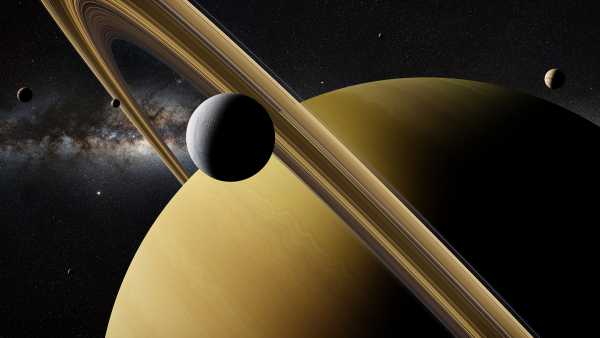
How many moons are there in the solar system?
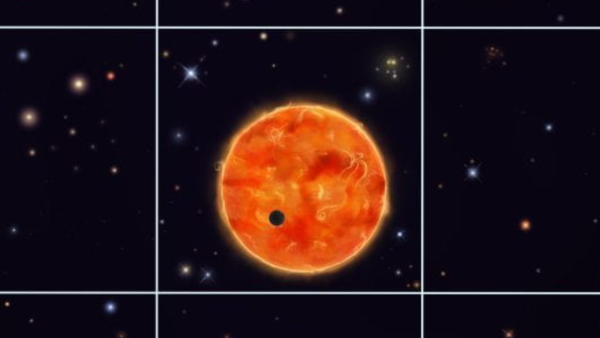
Bad news for alien life? Earth-sized planets may be less common than we thought.
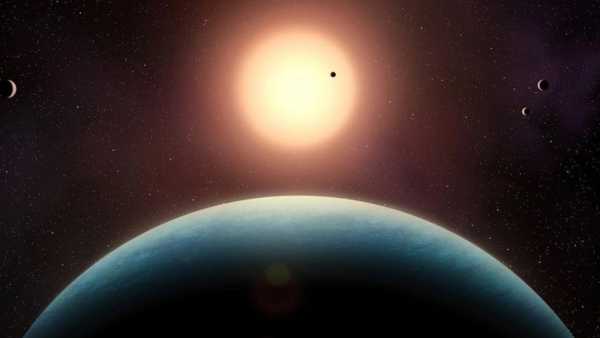
Fifth planet discovered orbiting nearby star may be in habitable zone
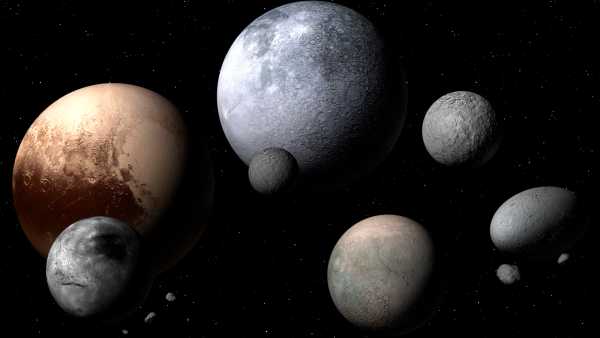
What are dwarf planets and how many are there?
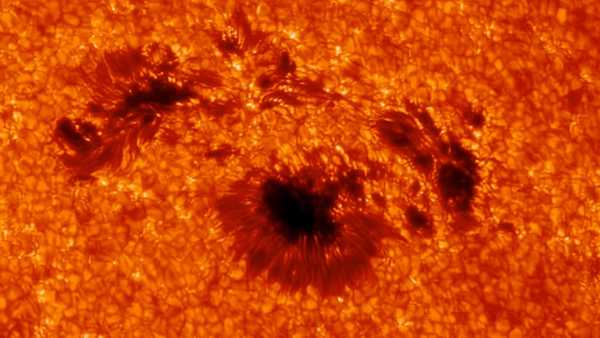
Scientists have discovered a giant “pimple” that has plagued the star for at least 7 years.
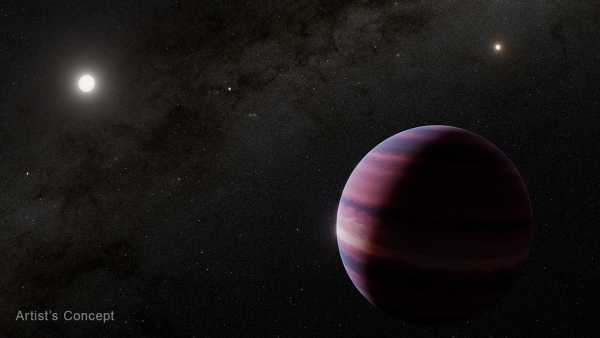
'JWST's most important discovery to date': James Webb spots – and then loses – a giant planet orbiting in the habitable zone of our nearest Sun-like star.
Latest news about exoplanets
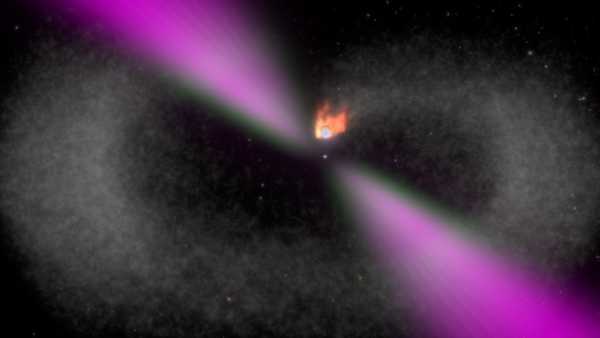
JWST has discovered a planet with an atmosphere made entirely of carbon orbiting a black widow star.

A real Pandora? A recently discovered “vanishing” planet in a neighboring star system may have a habitable moon, like in the movie “Avatar.”
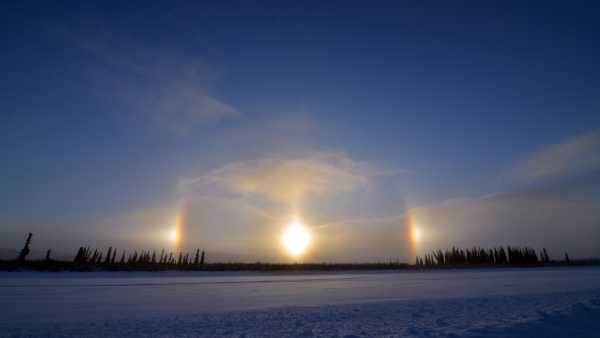
The James Webb Space Telescope suggests that stunning “sun dogs” may be shining in alien skies.
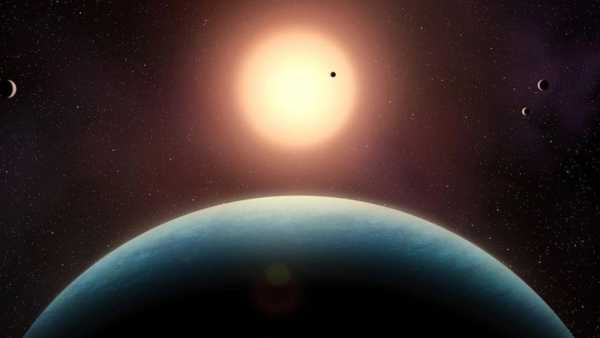
Fifth planet discovered orbiting nearby star may be in habitable zone
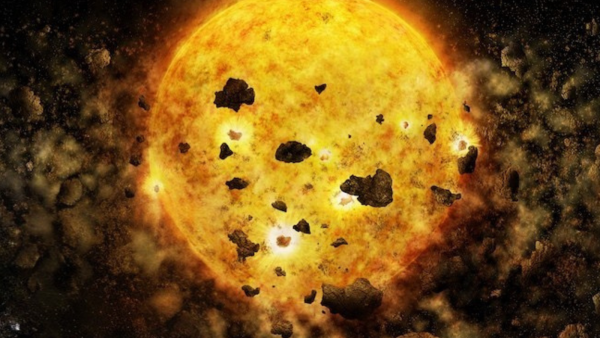
A doomed exoplanet is trapped in a “death spiral” around its star. Can it survive?
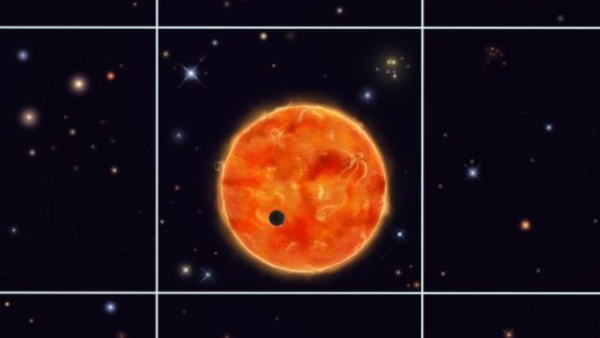
Bad news for alien life? Earth-sized planets may be less common than we thought.
Latest news

Is acetaminophen safe during pregnancy? Here's what the science says.
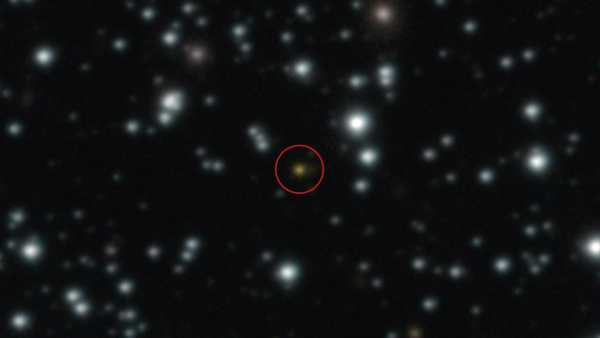
Scientists say the mysterious cosmic explosion cannot be explained.
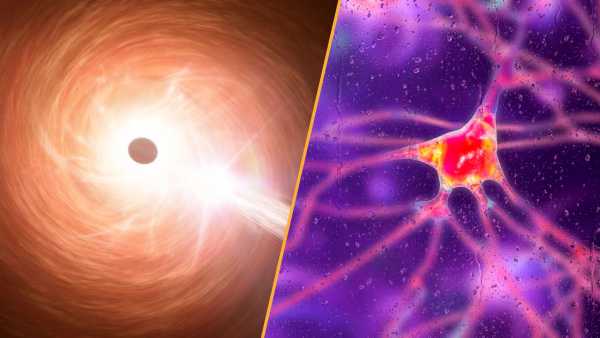
This week's science news: A breakthrough drug for Huntington's disease and a fast-growing black hole that defies the laws of physics

Trees in the Amazon rainforest are resisting climate change by growing thicker due to CO2 in the atmosphere.

Scientists have unveiled the world's first quantum computer built on conventional silicon chips.

Scientists asked ChatGPT to solve a math problem that dates back more than 2,000 years, and the program's answer surprised them.
LATEST ARTICLES
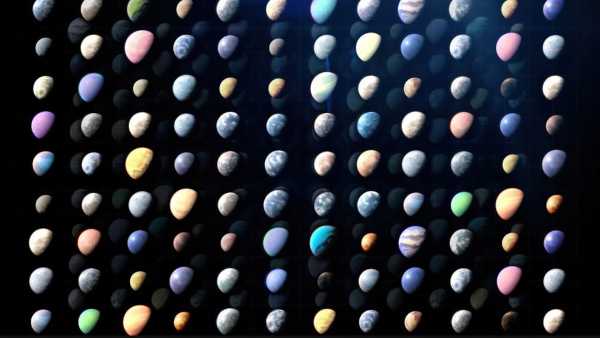
1It's official: humans have discovered 6,000 planets outside our solar system.
Live Science magazine is part of Future US Inc., an international media group and leading digital publisher. Visit our corporate website.
- About Us
- Contact Future experts
- Terms and Conditions
- Privacy Policy
- Cookie Policy
- Accessibility Statement
- Advertise with us
- Web notifications
- Career
- Editorial standards
- How to present history to us
© Future US, Inc. Full 7th Floor, 130 West 42nd Street, New York, NY 10036.
var dfp_config = { “site_platform”: “vanilla”, “keywords”: “type-news-daily,type-crosspost,exclude-from-syndication,serversidehawk,videoarticle,van-enable-adviser-
Sourse: www.livescience.com



